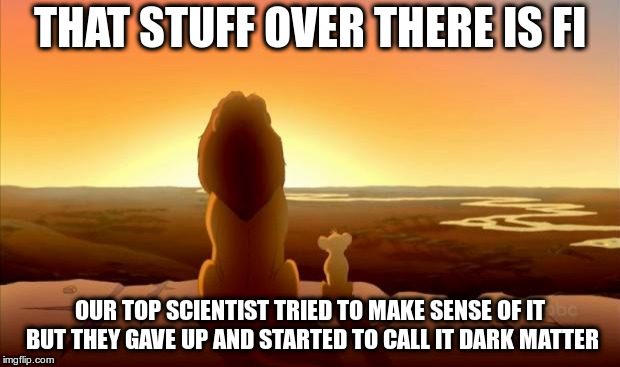Basic Elements of Informational Metabolism
To describe the IM process Aušra Augustinavičiūtė divided it into eight elements, together
they reflect the variety of ways a human being communicates with the world. The number of
elements does not contradict the general scientific informational concept of all communication
types studied in terms of information, energy, space and time.
Now let us examine the elements of informational metabolism; we will be using symbols
developed by Aušra Augustinavičiūtė. These symbols proved to be rather convenient and are
widely used by socionists.
The semantic fields of IM elements could be described as follows:

- Subjective logic. It is my own logic, my understanding, explanation, description,
concept, and theory of things. It is my hierarchy of notions of the things that are closer
or farther, higher or lower. It is what I was taught, my view of this world, my world
outlook. It includes my education, i.e. the system of my ideas and my schooling.

- Objective logic. Logic of the objective world - objective circumstances, facts.
Example: the day began and it started raining. Systems, statistics. Event queue.
Example: “I am late for work because the bridge collapsed". Laws, political policies of
the government, stamps in the passport, traffic laws, prices, private summerhouse
property, my territory, and design drawing of a unit. Thinking objectively people usually
ask: “I want to know the reality of the matter.”

- Subjective intuition. The inner harmony. A state, a mood, and a sense of time.
Personal evaluation of events, of people's actions and morals.

- Objective intuition. The order of events from the beginning to the end, i.e. the
sets of events known beforehand, the schedule. Potential opportunities. Behavior
program, the way of life, the rhythm of life. Scenario of any action, acting in accordance
to predetermined scenario.

- Subjective sensoring. My inner feelings: gustatory sense, tactile sensoring, and
sexual sensoring. State of health. Ability to discern between the pleasant and the
unpleasant.

- Objective sensoring. It is the form, the action, the motion, the act, the
appearance, the gestures and the mimics. It is the person’s will.

- Subjective ethics. It is my attitude to people. It is the liking/disliking of
people/things. It is the emotions I experience.

- Objective ethics. It is the external relationship, the relationships between other
people and their attitude towards me. It is the emotions of other people.
These are the semantics of the eight basic elements of informational metabolism.
And
now let us turn to Table 1.



 Reply With Quote
Reply With Quote



 -
- 
 (as per tcaudilllg)
(as per tcaudilllg)
 - Subjective logic. It is my own logic, my understanding, explanation, description,
- Subjective logic. It is my own logic, my understanding, explanation, description, - Subjective intuition. The inner harmony. A state, a mood, and a sense of time.
- Subjective intuition. The inner harmony. A state, a mood, and a sense of time. - Objective sensoring. It is the form, the action, the motion, the act, the
- Objective sensoring. It is the form, the action, the motion, the act, the - Objective ethics. It is the external relationship, the relationships between other
- Objective ethics. It is the external relationship, the relationships between other
